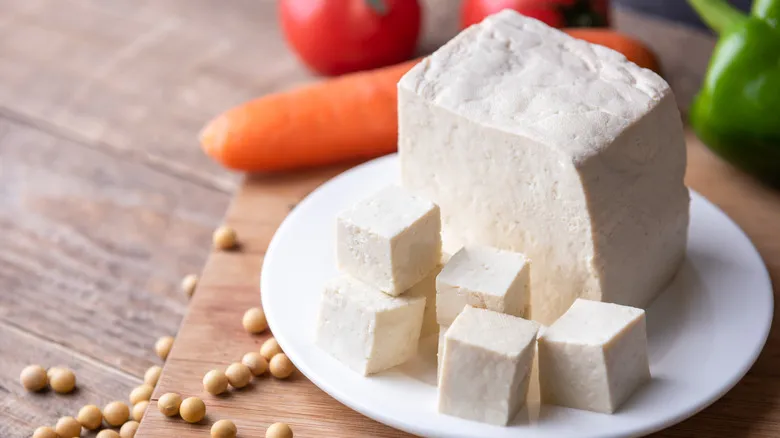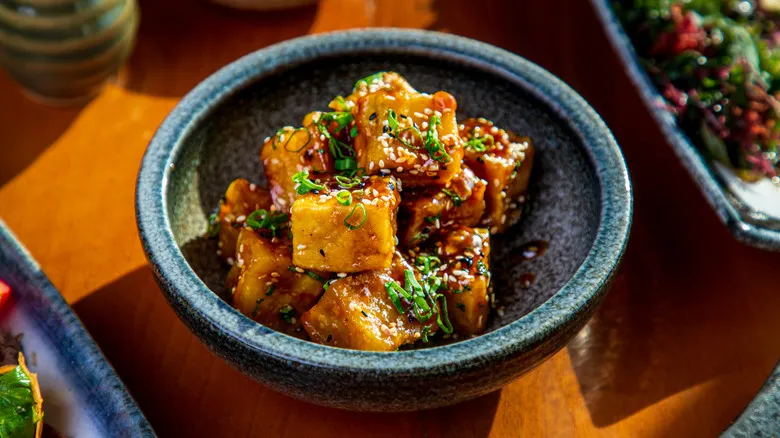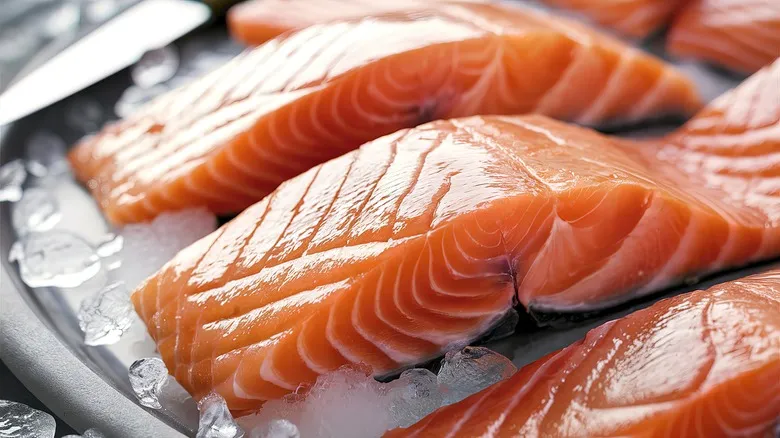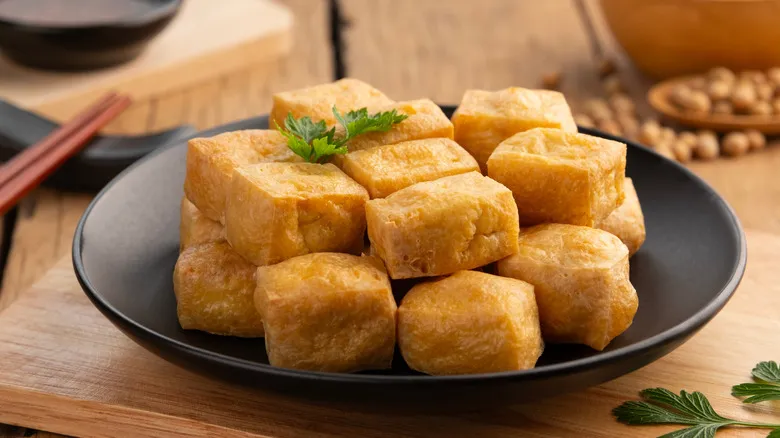How boiling water can actually dry your tofu

It’s perfectly reasonable to raise an eyebrow at the notion of making something drier by adding water. Yet, there’s a scientific explanation for this method. When tofu is heated, the proteins within it contract, effectively squeezing out moisture. A similar effect occurs when you microwave tofu briefly, which is another method to achieve dryness and crispiness, though it can be more cumbersome for larger quantities compared to simply pouring water over it. Additionally, the salt in the water accelerates this process by drawing moisture from the center of the tofu, while also seasoning it in the process.
For an even more effective approach, you can boil your tofu in salted water for five to ten minutes. The underlying processes remain the same, but this method can result in a firmer texture throughout. Whether you choose to boil the tofu or pour water over it, it’s advisable to cut the tofu into pieces beforehand. This increases the surface area, making the water more effective and speeding up the drying process afterward. Once the tofu has been prepared, you can lay it out to dry, wrap it in towels to absorb additional moisture, and even press it to extract as much water as possible from the surface layers. The end result is consistently deliciously crispy tofu, with boiling also providing a heartier texture.
How to cook your dry tofu for a perfect crisp

When it comes to preparing your tofu using this method, it's crucial to start with the right type. There are various kinds of tofu, but you should steer clear of silken tofu and any non-silken varieties labeled as softer. Firm or, preferably, extra-firm tofu will work best in this case. After cutting and rinsing your tofu in boiling water (or boiling it directly), make sure to dry it thoroughly and, if you wish, press it to remove excess moisture.
At this point, you'll discover that any cooking technique will yield a crispier tofu than you might be accustomed to. For optimal results, consider using a light batter to enhance the flavor, and then deep fry it in oil heated to 350 degrees Fahrenheit. You can also sprinkle on some cornstarch or simply fry it as is. A key tip is to add seasonings and sauces partway through the cooking process. If you introduce dry seasonings at the beginning, they may burn while the tofu crisps up, resulting in a lack of flavor. Similarly, applying sauces to the tofu before frying can negate the effort you put into drying it. Once the tofu develops a crispy outer layer, the seasonings can settle into the crevices and cook gently. For a delicious topping for nearly any dish, add soy sauce and nutritional yeast during the last few minutes of frying.
Recommended

The Cheeses You Should Avoid Buying For A Better Charcuterie Board

What's The Best Way To Freeze Fresh Fish?

How Long Does Frozen Homemade Lasagna Last?

The Unexpected Pepper That Gives Pizza A Pop Of Vibrant Flavor
Next up





